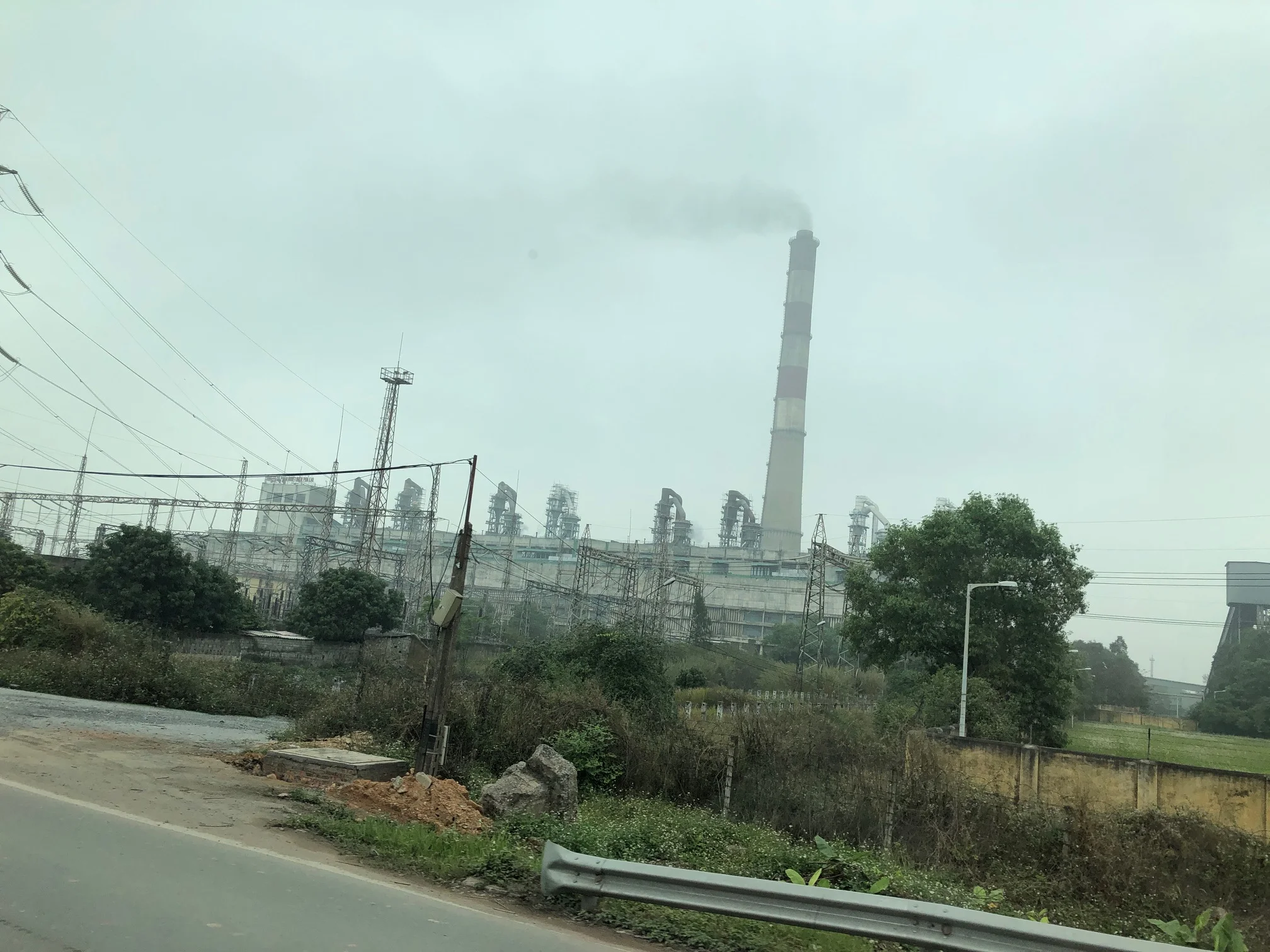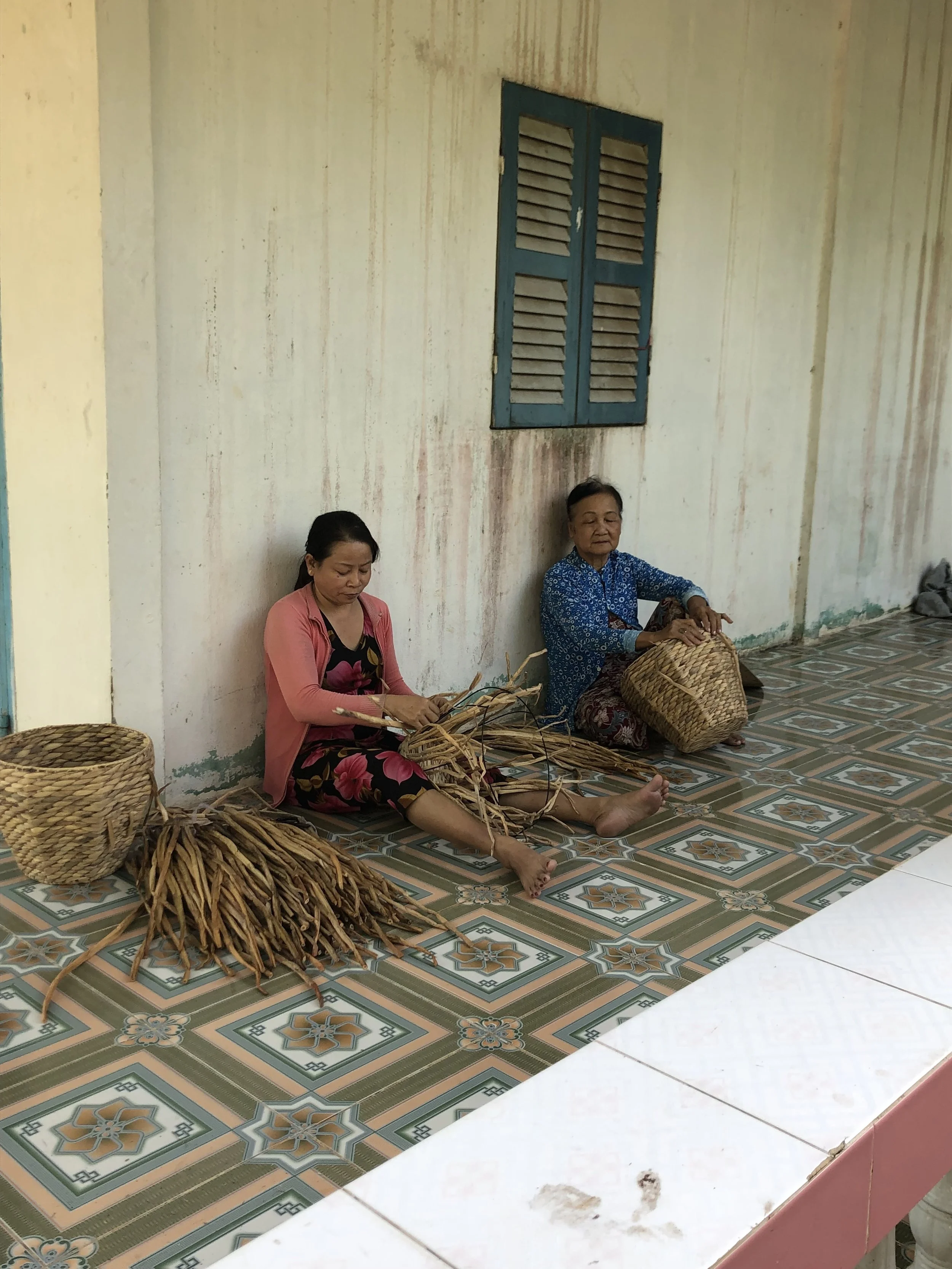Should The U.S. Use Coercive Means To Oust Socialist Dictatorships?
/As noted in my post on Cambodia a couple of days ago, when Pol Pot seized power in that country in 1975, the U.S. took no military or other coercive action to stop him. And over the next several years, as he conducted his monstrous genocide — in which about a third of the entire population of the country was either directly murdered or intentionally starved to death — the U.S. continued to sit totally on the sidelines and just let things play out. This, even though somewhere in the U.S. government (CIA?), at least some people clearly knew, at least in a general way, what was going on. By the end of its brief dalliance with communism, Cambodia had not just lost a third of its population, but had seen its entire economy devastated, and almost all educated people slaughtered, such that the ability to start rebuilding was set back decades until an entire new generation could come along. As a result, Cambodia is only now starting the long climb up from desperate poverty into a modern economy.
It would be completely fair to ask: How could the U.S. be so completely heartless and inhumane? For some mere several billions of dollars of expenditures, and perhaps a few tens of thousands of military casualties, couldn’t we have obviated the slaughter of millions of people and rescued all of the Cambodians from multiple generations of needless extreme poverty?
These questions take on particular relevance in light of the events currently transpiring in Venezuela. There, the socialist dictatorship continues its brutal repression, with hundreds of new arrests of regime opponents just in the past several days, and millions starving and/or fleeing the country. Why, you might ask, is it not the moral obligation of the U.S. to step in immediately with whatever force is necessary to stop the suffering and restore democracy?
The answer lies in the incredible power of the socialist delusion. . . .
Read More
